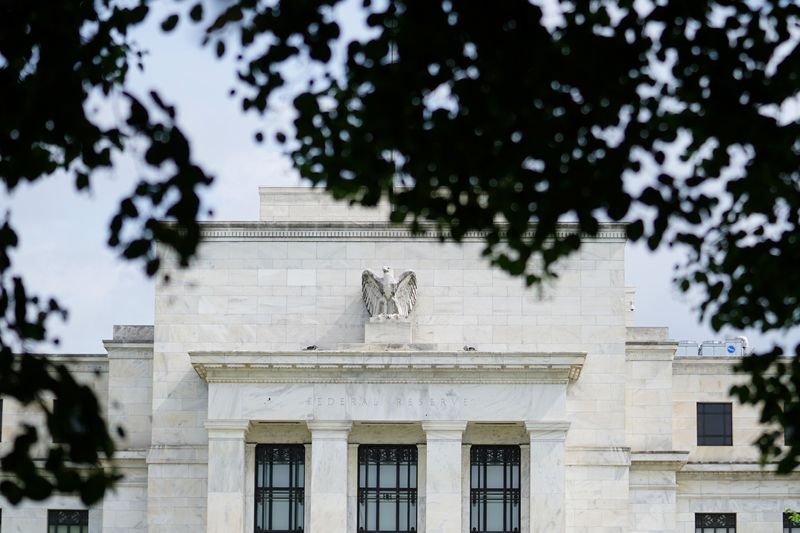The Federal Reserve is poised to lower its benchmark interest rate by a quarter percentage point during its policy meeting, an adjustment looming against the backdrop of economic uncertainty, especially with Donald Trump resuming his presidential role after the recent election. Alongside potential Republican dominance in Congress, Trump’s policies, which may include tax cuts, tariff adjustments, and immigration reforms, could significantly reshape the economic landscape. These changes are anticipated to influence inflation and growth trajectories that Fed policymakers are currently grappling with. As markets react to these developments, bond yields have climbed, indicating that investors foresee the Fed being less aggressive in rate cuts than previously anticipated due to a new economic framework characterized by elevated federal deficits and inflationary pressures.
The challenges ahead for the Federal Reserve have intensified as Trump, having been critical of previous rate hikes during his first term, returns with a potential mandate to steer economic policy. His historical advocacy for lower interest rates and criticism of Fed Chair Jerome Powell adds complexity to the already tumultuous relationship between the administration and the Fed. Powell, who has faced Trump’s wrath previously for perceived restrictive monetary policies, continues to lead the Fed under Biden’s appointment, but how he will navigate the precarious intersection of Trump’s fiscal agenda and Fed policies remains to be seen. Investors are keenly observing the dynamics ahead, especially considering that Trump’s fiscal strategies could create pressures on the Fed to balance inflation control with economic growth objectives.
The Fed’s anticipated rate reduction would bring the benchmark rate to between 4.5% and 4.75%, an extension of previous cuts initiated in response to economic conditions. However, the clarity regarding subsequent actions has diminished, with forecasts suggesting a halt to further cuts around mid-year. Comparative to earlier projections of a 2.9% rate by Fed officials, this anticipated policy exit position underscores a shift in market confidence and the implication of Trump’s potential economic policies on inflation and growth rates. Such scenarios hark back to Trump’s first term, when the Fed faced unpredictable elements stemming from tax policies and geopolitical trade issues.
Despite Trump’s desire for sustained economic growth and lower prices, the Fed operates independently and maintains that it evaluates economic conditions in light of existing fiscal and regulatory actions rather than direct responses to policy proposals. Historical parallels illustrate the Fed’s past encounters with Trump’s policies; the 2018 tax cuts led to increased growth but heightened inflation concerns, prompting the Fed to raise interest rates. Conversely, tariffs imposed in 2019 pressured the global growth outlook, leading to rate cuts. As the Fed braces for a similar situation, the upcoming economic data and policy responses will heavily influence their rate-setting decisions going forward.
As the Fed prepares for its rate cut, financial analysts are acknowledging that the path ahead has become increasingly unpredictable. Economic outcomes stemming from Trump’s policies may present complex implications that challenge straightforward monetary policy responses. Economic indicators will play a pivotal role in shaping the Fed’s actions beyond this anticipated cut. The uncertainties around the exact timing and scale of further cuts will substantially hinge on observing how Trump’s administration navigates contentious economic territories in 2025 and how those decisions yield observable impacts on growth, inflation, and employment figures.
In conclusion, the interplay between Trump’s returning administration and the Federal Reserve marks a significant chapter in U.S. economic policy. The anticipated reduction in interest rates reflects immediate market conditions but also signals deeper uncertainties shaped by Trump’s economic agenda. With historical precedents of friction between the administration’s economic policies and the Fed’s mandate, both institutions may find themselves converging on critical yet divergent paths aimed at achieving growth while managing inflationary pressures. The months ahead will be crucial as the Fed adapts to an evolving economic narrative, blending its monetary stance with the realities of new fiscal policies that may emerge from a Trump-led government.

